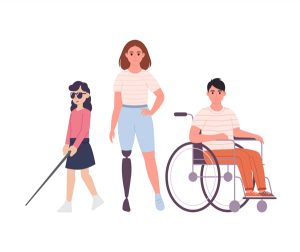
At Metro North Health we value people of all abilities.
We believe everyone has the right to quality healthcare.
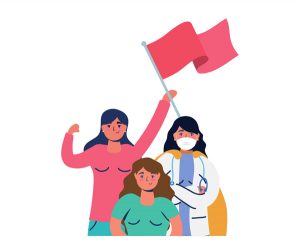
People with disabilities are an important part of Metro North Health.
We value their work and ideas.
Getting to your appointment
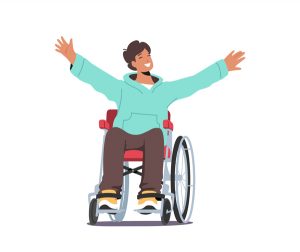
We want to make sure everyone can use our services.
This includes people with disabilities.
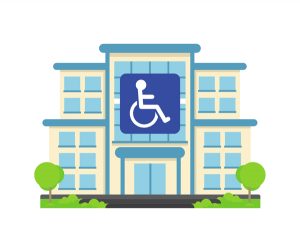
To help with this we have:
- Parking spaces
- Public transport
- Maps and directions
- Drop-off areas
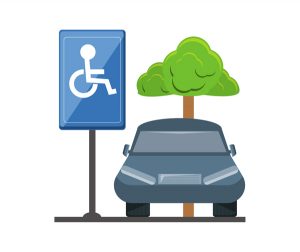
These spaces are accessible for wheelchair users and modified vehicles.
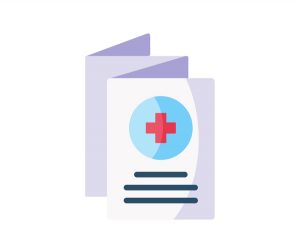
We also have information about how to get ready for your appointment.

You can tell us about problems with getting to our health services.
Please email: MetroNorthDisability@health.qld.gov.au.
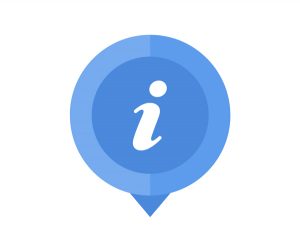
Parking
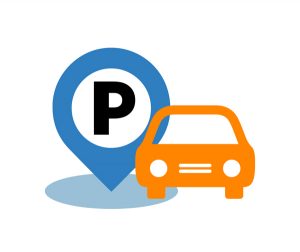
We have some parking that is cheaper and easier to use.
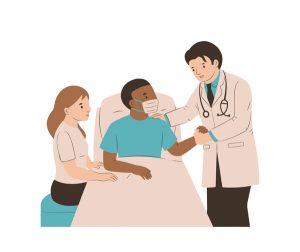
This parking is for patients and families who:
- Do not have money
- Have a long Hospital stay
- Visit the Hospital visit often
- Need extra support
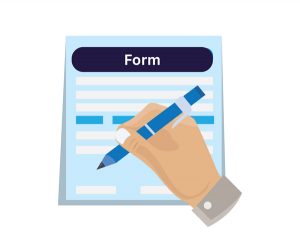
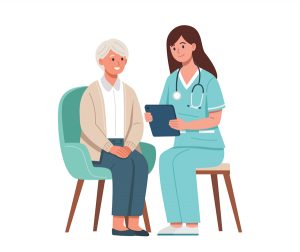
How to apply for this parking
You can get an application form from:
- Ward reception
- Admissions and enquiries
- Outpatients departments
- Emergency and Trauma Centre
- Trust Office
Talk to your hospital team to find out more about parking.
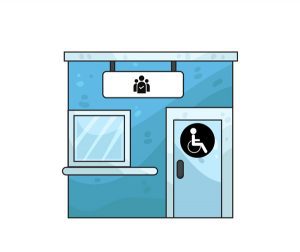
Adult changing places
We have adult changing places for people with a disability at:
Telehealth and Virtual Care
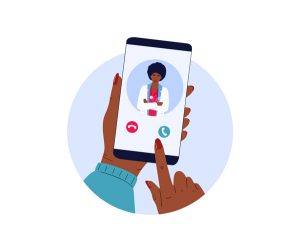
Telehealth is when you talk to a health provider on a video call or a phone call.
You do not have to travel to the hospital.
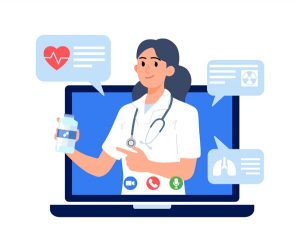
Telehealth can help you save money and time.
It can help you get care faster.
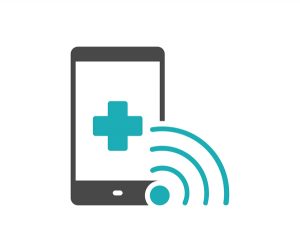
You can now use Telehealth at many Metro North health services.
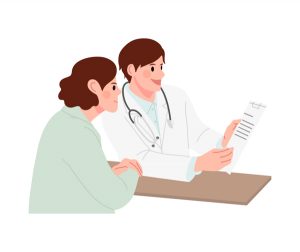
If you want to use Telehealth, talk to your healthcare team.
They will help you decide if it is right for you.
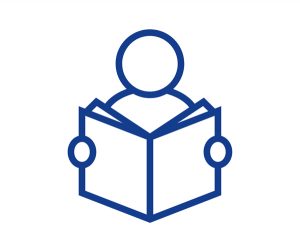
You can also find out more about our Telehealth service in Easy Read.
Disability Services Action Plan
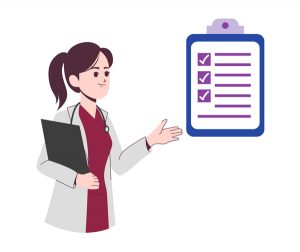
We wrote a Disability Services Action Plan in 2024. The plan is about how we give healthcare to people with disability.
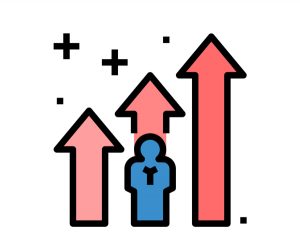
We are working on 5 ways to make health services better:
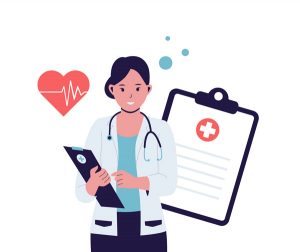
- Inclusion
- Accessibility
- Safety, Rights and Respect
- Research
- Better Services

You can read more in the Actions Summary.
You can also read the Action Plan in Easy Read.
Other useful information
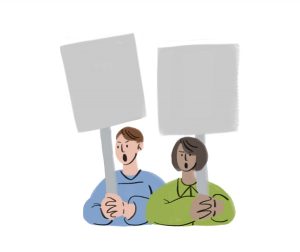
See Me. Hear Me. Respect Me.
See Me. Hear Me. Respect Me. is a message from Queensland Health.
This message helps us to listen to and respect people with disabilities.
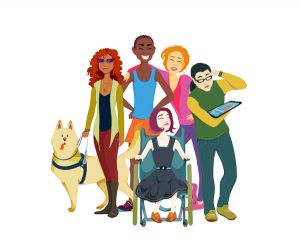
It shows how to include people with disability in health and in the community.
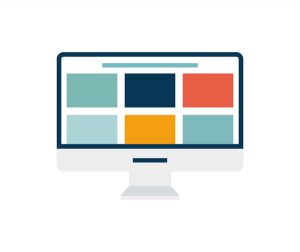
People with disability at QDN helped to make this message.
You can find out more on the See Me. Hear Me. Respect Me. Website.
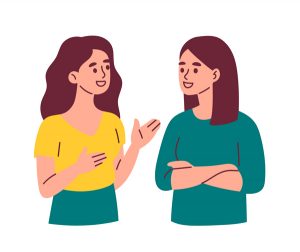
Julian’s Key
Julian’s Key is a tool to help you communicate.
You can share important and useful information with your healthcare team.
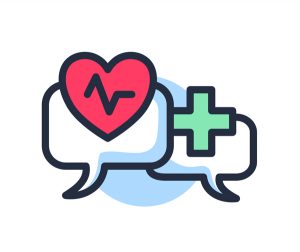
This makes it easier to manage your health information.
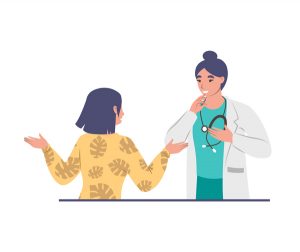
Ryan’s Rule
Ryan’s Rule can help if you are worried that your health or a loved one’s health is getting worse.
Or if you feel no one is listening.
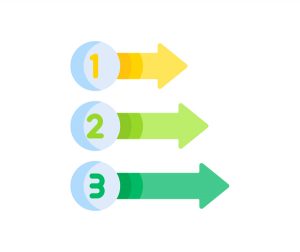
There are 3 steps you can follow to get help. Find more information at:
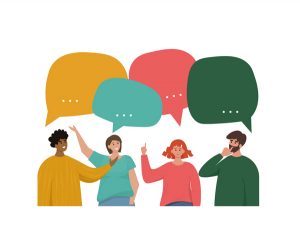
Disability advocacy
Advocacy is when you speak up about what is important to you.
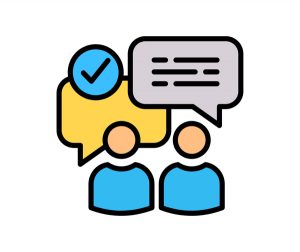
There are free advocacy services for people with disability
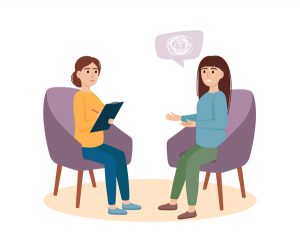
You can get support to speak up and make choices. You can talk about problems with your health services.
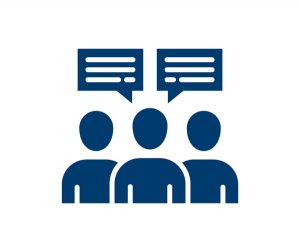
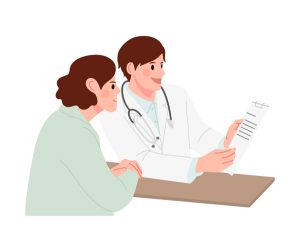
BERT supports carers and people with disability and complex behaviours.
Ask your healthcare team about getting help from BERT.
Your feedback

Feedback is when you tell us what you think about your health service.
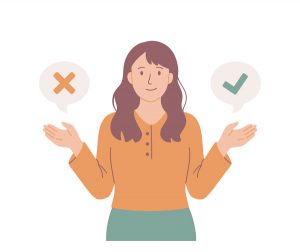
For example,
- What we do well
- What we can do better.
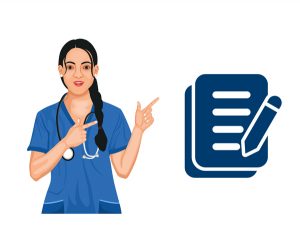
To give feedback please use our feedback form.
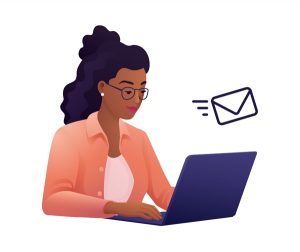
If you need support with feedback please email MetroNorth-Disability@health.qld.gov.au.
